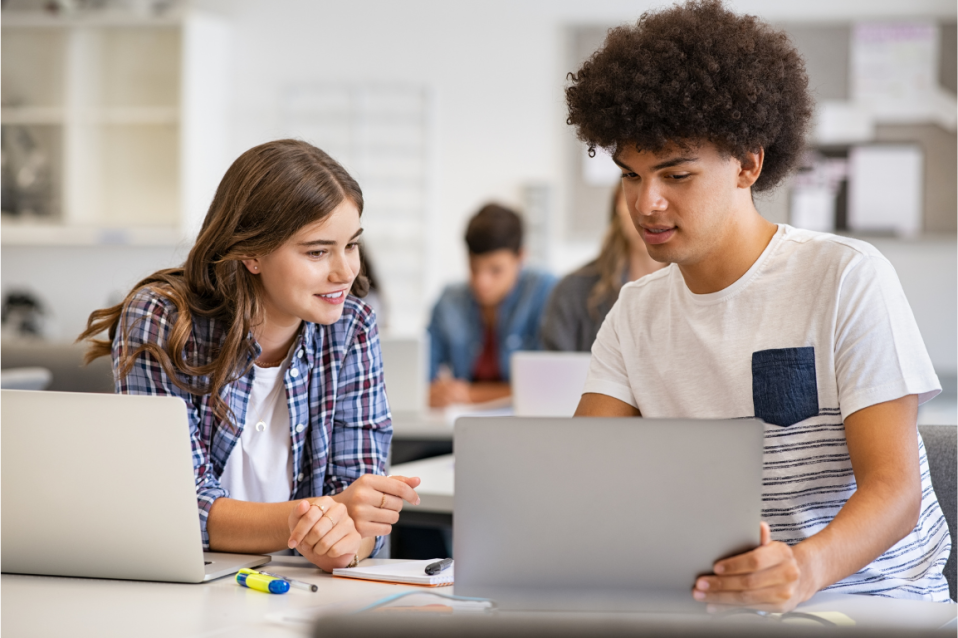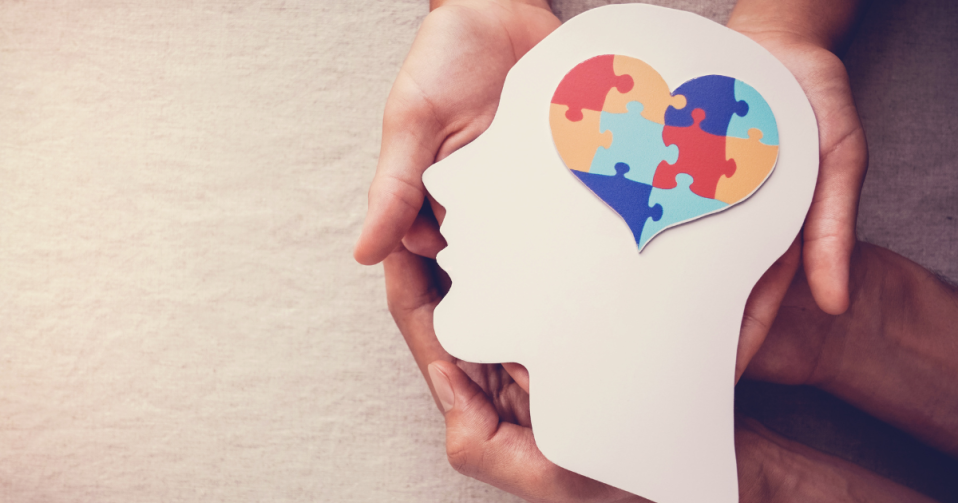The anxiety about going back to school this year has been amplified by the anxiety that comes with getting ‘back to normal’ after the COVID-19 pandemic. Children already have enough to cope with but over two-thirds of young people believe the pandemic will have a long-term negative effect on their mental health.
Back to school anxiety has been more prevalent over the last year as children have spent more time at home than ever before but getting back to normal may also cause an increase in health anxiety, separation anxiety and social anxiety.
Children may be concerned for their physical health when going out into the world with others, uncomfortable in social situations they haven’t had to handle in over a year and fearful of spending time away from families they’ve been closer to during the pandemic.
Whether you’re a parent, carer or teacher, as a respected adult figure in their lives, there are some things you can do to improve mental health in schools as children get back to normal.
Encourage conversations about mental health
Children who do not feel as though they can express themselves can bottle up their feelings, leaving them to fester and build up in their minds until the worries become unbearable. By talking openly about your mental health and asking children about how they’re feeling you can encourage them to speak up when something is bothering them. You can also share mental health resources that children and young people can use to develop their understanding and confidence around mental health.
Try not to ask leading questions as this may result in false answers or cause more concerns e.g. “Are you worried about mixing with people again at school?” may give children the impression there is something to worry about while “Is there anything you’re worried about?” gives children the chance to share their uninfluenced concerns.
As much as you can do to encourage conversations about mental health and let children know you’re there to talk, there may be some who will not come forward. In these cases, it’s important to look out for signs of anxiety in children so that you can take appropriate action and intervene if needed.
Practice getting used to new situations
Anxiety is often accompanied by fearing the worst of a new situation – therefore the logical solution is to expose ourselves to that situation so it is no longer new and scary and we know what to expect. The same goes for children returning to school and getting back to normal. The more they get used to a situation, the less they have to worry about.
Gael Lindenfield, psychotherapist and the author of How to Feel Good in Difficult Times has some great advice about handling post-pandemic anxiety that perfectly applies to children. She advises breaking down situations that seem like major challenges into smaller manageable steps.
For example, if a child shows anxiety about spending break times outside with the whole school, start by having break times with a smaller group of people either indoors or in a quieter part of the playground. This will allow them to get used to the idea of spending time with more people until they feel confident and calm enough to join the whole school.
Build a routine
Similarly to practising new situations, routines enable children to know what to expect and prepare themselves for anything they may find worrying. While schools have a timetable they stick to, other parts of the day can help to build a calming routine for children including
- Getting ready for school – e.g. knowing when to wake up and what steps to take
- Travelling to school – e.g. how and when they travel every day
- Break time routines – e.g. who do they spend time with and where
- Lunchtime routines – e.g. when and what do they eat
- After-school activities – e.g. sports, homework and socialising
Learn calming techniques
As much as we try to prevent anxiety in children, there will likely still be occasions where it builds up and children need help calming down. While severe cases may need a professional, it’s helpful for anyone who spends a lot of time with children to learn some basic calming techniques for anxiety.
Trigger has provided some great techniques from Cheryl Rickman in this article on back to normal anxiety, including using cognitive tasks to give your brain something else to focus on and carry out. You can use this with children by asking them to count back from 100 in sevens or name as many animals as they can think of from A-Z.
If you’re interested in learning more techniques to support anxiety and children’s mental health, why not purchase one of our training courses? All proceeds go to #Headucation2025 to train teachers in the basics of mental health support.
Our #Headucation campaign aims to train all UK teachers in the basics of mental health support by 2025 which will allow them to comfortably provide children with the support they need.
Right now, schools have to pay for mental health training themselves since it isn’t considered “mandatory” by the government – we want to provide as many fully-funded training sessions as possible. Help us raise money by donating, buying a product from our store or signing up for one of our training courses.





Post a comment